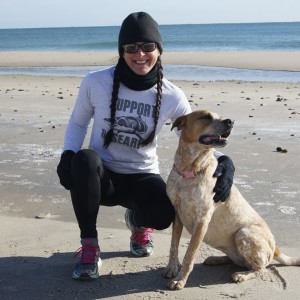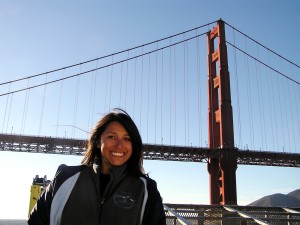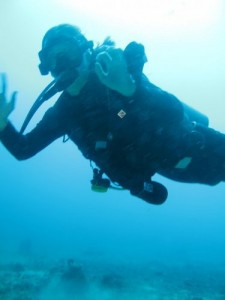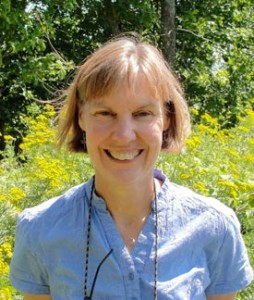 Cynthia Wigren co-founded the Atlantic White Shark Conservancy and the Gills Club. She holds a Bachelor of Science in Wildlife Management and a Masters in Business Administration. She is an avid traveller and a scuba diver with a deep appreciation for wildlife on land and sea. Her underwater experiences with whale sharks, great hammerheads, nurse sharks, and great white sharks led her to leave the corporate world and establish a non-profit to support shark research and education programs.
Cynthia Wigren co-founded the Atlantic White Shark Conservancy and the Gills Club. She holds a Bachelor of Science in Wildlife Management and a Masters in Business Administration. She is an avid traveller and a scuba diver with a deep appreciation for wildlife on land and sea. Her underwater experiences with whale sharks, great hammerheads, nurse sharks, and great white sharks led her to leave the corporate world and establish a non-profit to support shark research and education programs.
This year, Shark Week has promised us more science and no fake documentaries (thank you Rich Ross!), but their ‘Finbassabor’ line-up leads me to believe that the majority of researchers featured will be men, once again. As long as Shark Week ditches mockumentarties for real science does it matter which researchers it features? With 42 million people tuning in during the week, I believe it does.


